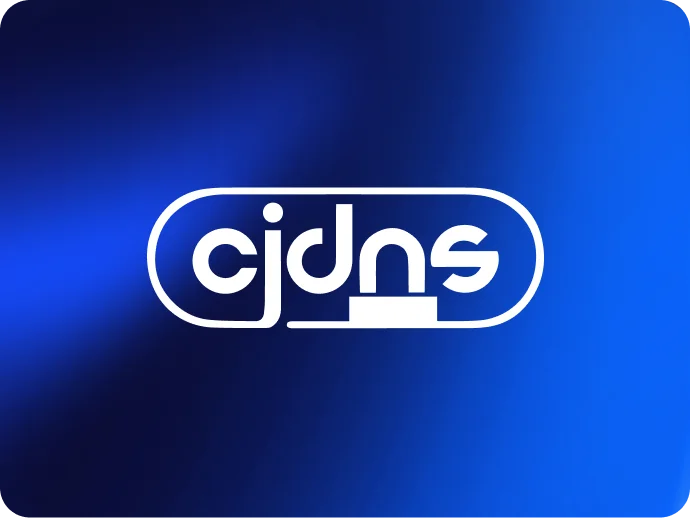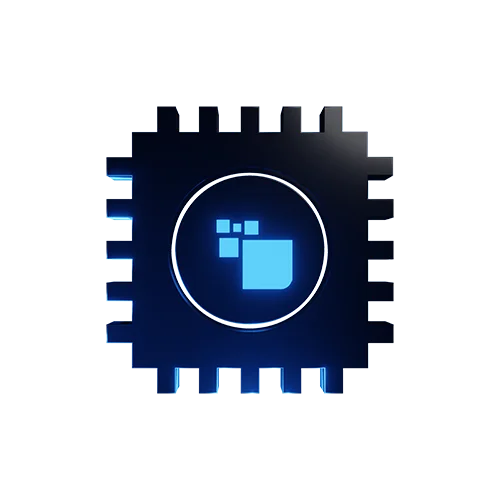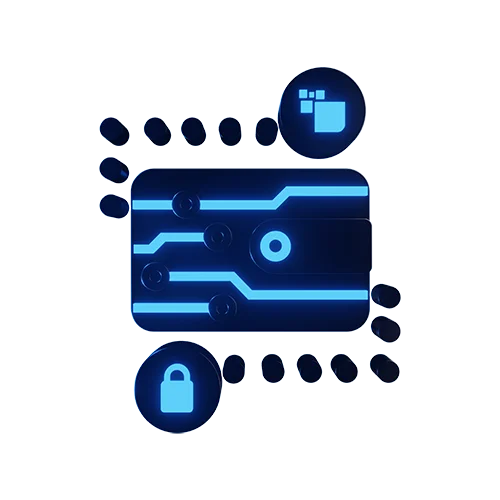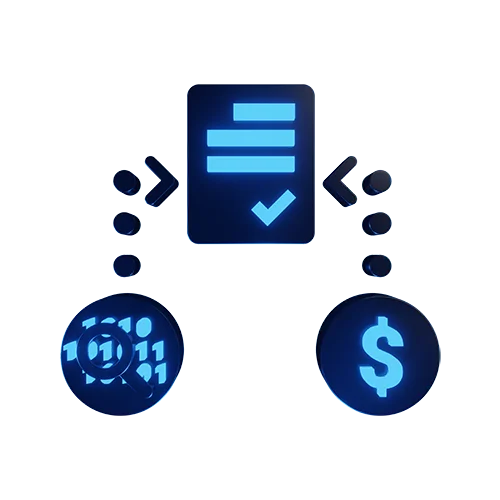Roadmap
Introduction
The PacketCrypt roadmap is an overview of the PacketCrypt ecosystem development. It is separated into four phases: Launch, Utility, Scale, and Innovate. Each phase defines an era of focus. This provides a guide for community developers and contributors regarding what tools, functionality and capabilities are integral to each era.
While the phases of the roadmap are presented in order, contributors are working concurrently across multiple eras. This nonlinear development invites a wide range of community participation. While many projects cannot be developed in sequence, considering certain dependencies, this development style matches the project’s agile, open source ethos.
As you explore this roadmap, you will see the years of development effort that are represented across each phase. Each milestone is a community achievement. Each accomplishment moves the project towards its mission of decentralizing internet access and getting the next billion people online. Since PacketCrypt has no central infrastructure, no company, no foundation, no DAO, and no bank account, this roadmap represents a collective vision that honors the global PacketCrypt community’s time, intelligence and gracious contributions.
Origin Story
PacketCrypt was born out of the cjdns mesh networking project, which launched in 2011. PacketCrypt lead dev, and cjdns inventor, Caleb James DeLisle realized the cjdns network would struggle to scale without a financial incentive. After developing PacketCrypt, on August 19, 2019, Caleb launched the PacketCrypt blockchain. This marked a new era of public incentive to setup and maintain mesh infrastructure.
Learn more
Cjdns: Routing Protocol
Cjdns's uses a novel routing protocol called compact source routing. Compact source routing enhances data efficiency by including the directions across the network, instead of the IP address of the destination. This approach optimizes network performance and facilitates faster and more secure communication across the mesh network.
Learn more
Launch
01
Utility
02
Scale
03
Innovate
04
01
Launch
PacketCrypt evolved from the cjdns mesh networking project, which was created by Caleb James DeLisle circa 2011. With the emergence of Bitcoin’s Lightning Network in 2016, Caleb realized it could be possible to process microtransaction payments for bandwidth. Caleb created the PacketCrypt proof-of-work in 2019, and launched the PacketCrypt blockchain mainnet on August 20, 2019 (Paris Time).
The Launch era focused on establishing PacketCrypt’s decentralized infrastructure. This included unifying around PacketCrypt’s bandwidth-hard mining algorithm and fostering community growth. Major developments during this era included multiple PacketCrypt wallets, the PacketCrypt block explorer, the PacketCrypt.Cash website, OTC trading app, and funding the first projects via the Network Steward.
15
Projects Completed
20
Months of Phase
6
Decimations
Work Scope

PacketCrypt Bandwidth-Hard Proof-of-Work
PacketCrypt is the proof-of-work for the PacketCrypt blockchain. It was specifically designed to economically incentivize people to connect their internet bandwidth and power the PacketCrypt blockchain. PacketCrypt mining yields are directly tied to each user’s bandwidth contributions. PacketCrypt is the key to the PacketCrypt project because it ensures that the project is not reliant on centralized operators or infrastructure. It both secures the blockchain and scales a decentralized internet infrastructure powered by the people.

PacketCrypt Cryptocurrency
PacketCrypt is the native cryptocurrency that is earned from mining the PacketCrypt blockchain. The prospect of earning PacketCrypt is what incentivizes PacketCrypt miners to power the expansion and maintenance of the PacketCrypt Network’s decentralized internet infrastructure. The inception of PacketCrypt is rooted in the belief that access to a fast and private internet should be universal. These incentives are what has galvanized the growing PacketCrypt community to own and operate the peer-to-peer PacketCrypt network and PacketCrypt blockchain.

PacketCrypt Command Line Wallet
The PacketCrypt Command Line Wallet (CLI) was developed as a foundational tool for interacting with the PacketCrypt blockchain. Its creation was driven by the necessity for a secure, efficient, and versatile wallet that could receive, send, and mine PacketCrypt. The CLI wallet can be installed and operated from a command line or terminal instance. It is also the foundational core for many graphical interface wallets.

Mainnet Launch
The mainnet launch on August 20, 2019 (Paris Time) marked the inception of the PacketCrypt blockchain. The mainnet launch was announced publicly as a fair mine, with no pre-mine, no founder shares, no team shares and no investors. By design, the PacketCrypt project is an open source, decentralized blockchain project built on Bitcoin’s btcd code base. It replaces Bitcoin’s SHA-256 proof-of-work with PacketCrypt. The other key changes to Bitcoin are 60 second block times and the addition of the Network Steward. The Network Steward is a wallet address that receives 20% of every mined block, as a self-funding mechanism for network development

PacketCrypt.Cash Website
The first www.PacketCrypt.Cash website was built as a community-powered informational site about the PacketCrypt project. Contributors to the project are able to build and suggest pages to be added to the websites. It was created to be an information hub that could support the growing PacketCrypt community around the PacketCrypt blockchain and as a platform for education, engagement, and collaboration within the PacketCrypt ecosystem.

PacketCrypt Block Explorer
The PacketCrypt block explorer was developed as one of the first Network Steward funded projects. It provides transparency and accessibility into the PacketCrypt Network's blockchain activities and was created as a user-friendly tool to foster trust and engagement within the community. The block explorer allows users to easily track transactions, wallet balances, and network statistics.

Gridfinity PacketCrypt Mining Pool
The Gridfinity PacketCrypt Mining Pool emerged as one of the first community-operated PacketCrypt mining pools. Gridfinity was a pioneer in the early days of the blockchain. The Gridfinity team also contributed resources to simplify wallet setup for new PacketCrypt miners interested in mining PacketCrypt.

Gridnode
A Gridnode was the first consumer hardware device sold by Gridfinity to mine PacketCrypt. The Gridnode was conceived to minimize the complexities and technical barriers associated with setting up a PacketCrypt node for mining. As a solution, each Gridnode had a hardware wallet and began mining PacketCrypt as soon as plugged in, making it accessible to a wider audience. Its creation marked a significant step towards democratizing the PacketCrypt Network, enabling more users to benefit from and contribute to its decentralized infrastructure.

PacketCrypt Yellowpaper
The PacketCrypt yellowpaper outlines the technical specifications of PacketCrypt. The paper was co-authored by blockchain architect Caleb James DeLisle and mathematician Vishnu Seesahai, who are both leading technologists and thinkers within the PacketCrypt community. The PacketCrypt proof-of-work is a cornerstone for developers, contributors, and enthusiasts to understand, develop, and innovate within the PacketCrypt ecosystem.

PacketCrypt Network Whitepaper
The PacketCrypt whitepaper is the seminal document articulating the vision, architecture, and economic model of the PacketCrypt Network. Crafted by founding community members Caleb James DeLisle and Jesse Berger, this whitepaper lays out the vision and aspirations of creating a decentralized network infrastructure powered by blockchain technology. It provides a detailed blueprint for how the PacketCrypt Network aims to incentivize bandwidth sharing and serves as a manifesto for the new era of internet freedom and accessibility.

PacketCrypt Electrum Wallet
The PacketCrypt Electrum Wallet was developed as a Network Steward-funded proposal to create a lightweight, secure, and user-friendly wallet for managing PacketCrypt. Designed as a fork of Bitcoin’s electrum, the wallet mirrors the ethos of PacketCrypt, prioritizing decentralization and security. However, the wallet does not function as a mining wallet. PacketCrypt Electrum has numerous features such as naming wallet addresses and a 15-word seed, making holding and managing PacketCrypt easier.

Zulu Wallet
Zulu wallet was developed as a Network Steward-funded proposal. It emerged from the necessity for a versatile and user-friendly graphical interface wallet that allowed PacketCrypt mining. It also addressed the needs from early PacketCrypt miners who needed to recover mining wallets that used the early hex seeds. The Zulu wallet was only maintained for 2 years and is no longer recommended for use.

Community Launch
The PacketCrypt community launch was a Network Steward-funded, team-driven project. It was orchestrated by a collective of passionate people who all contributed their mind share and consistent effort to create the social and web-based foundation of the project. This launch included publishing articles, explanation videos, influencer reviews, social content creation, and community management efforts emphasizing collaboration and open-source principles. This set the stage for the initial awareness, growth and development of the ecosystem.

OTC Trading Chat
The OTC (Over-The-Counter) trading chat is a telegram chat that was launched by community members to enable peer-to-peer trading prior to PacketCrypt listing on any exchanges. This initiative included software development to track price and build an order book for matching buyers and sellers. The OTC trading chat embodies the decentralized spirit of the PacketCrypt project and is still accessible via Telegram.

Mining Pool Software Update
The mining pool software update was released as improvements that resulted in a significant reduction in the time it takes to compute proof trees associated with block mining. With this update, in most observed cases, the tree is complete before the next block arrives. This helped pools ensure there is almost no time spent not mining. A more in depth explanation of this update can be found here.